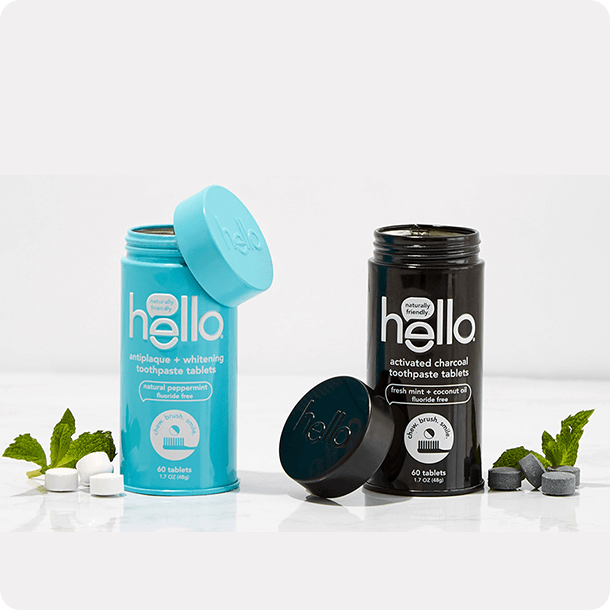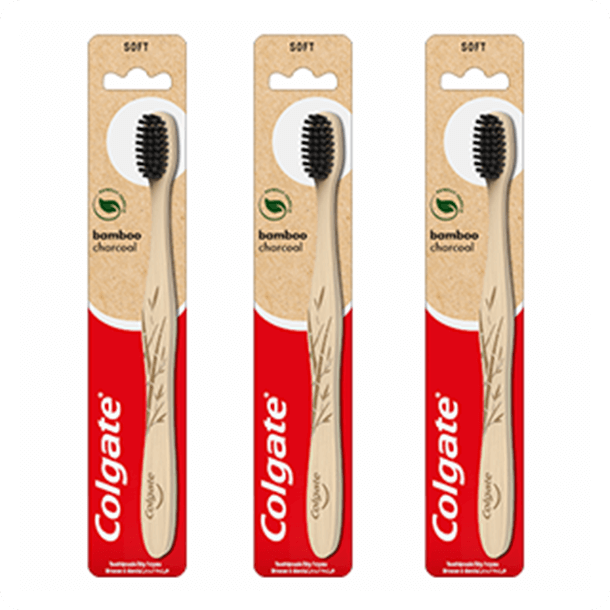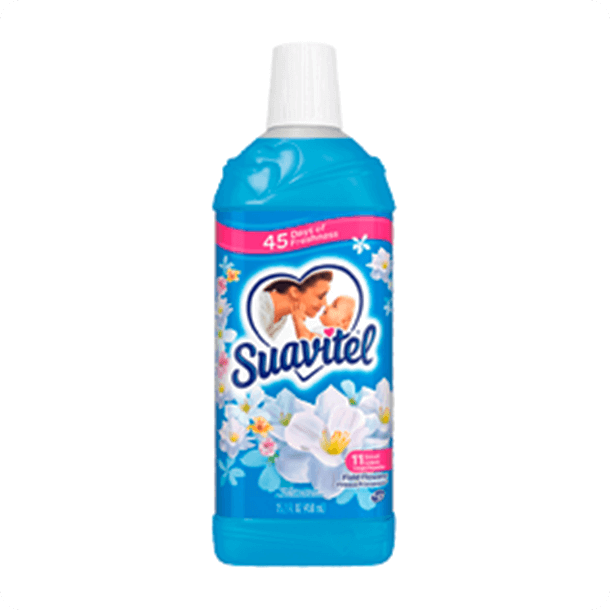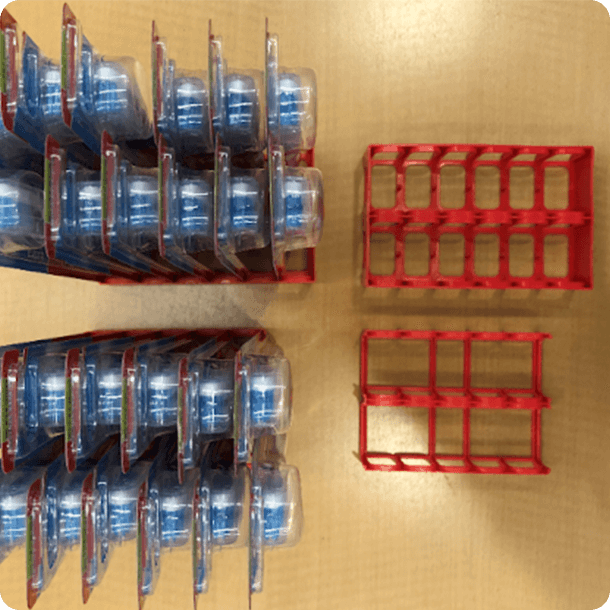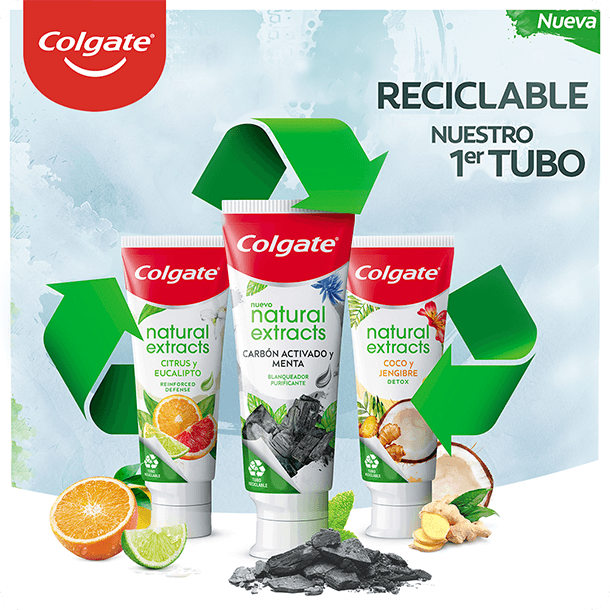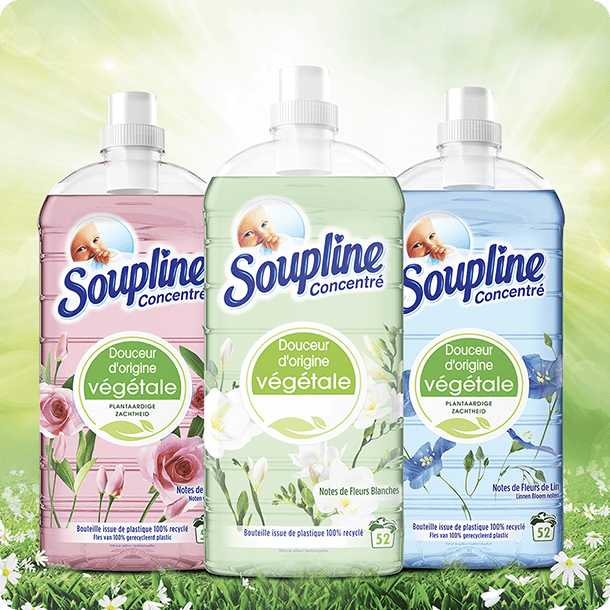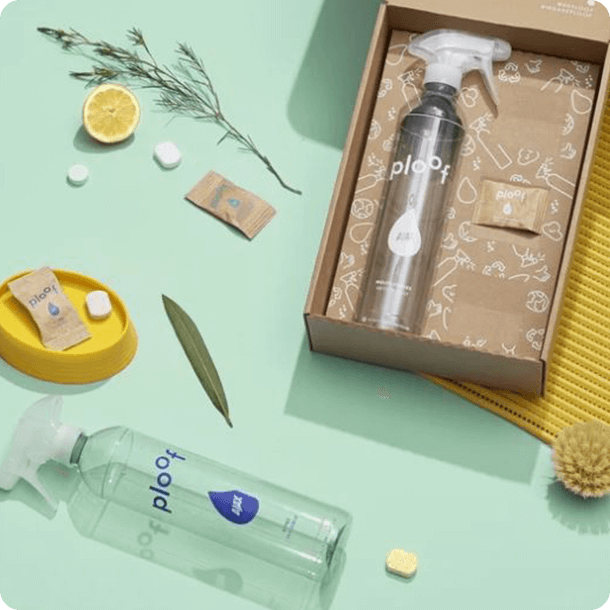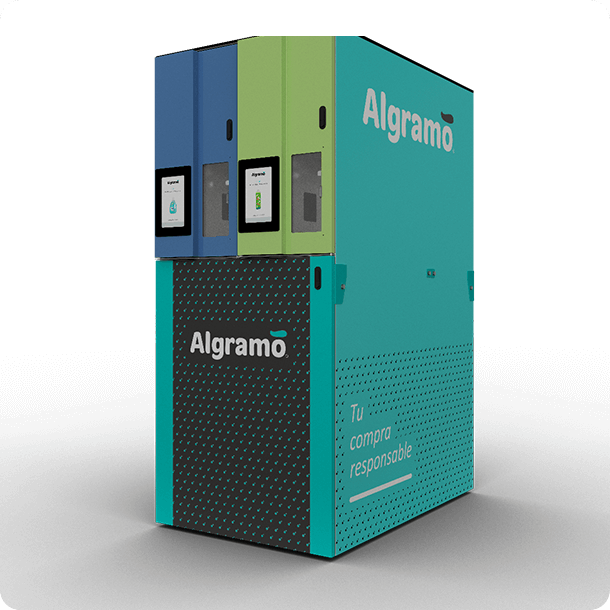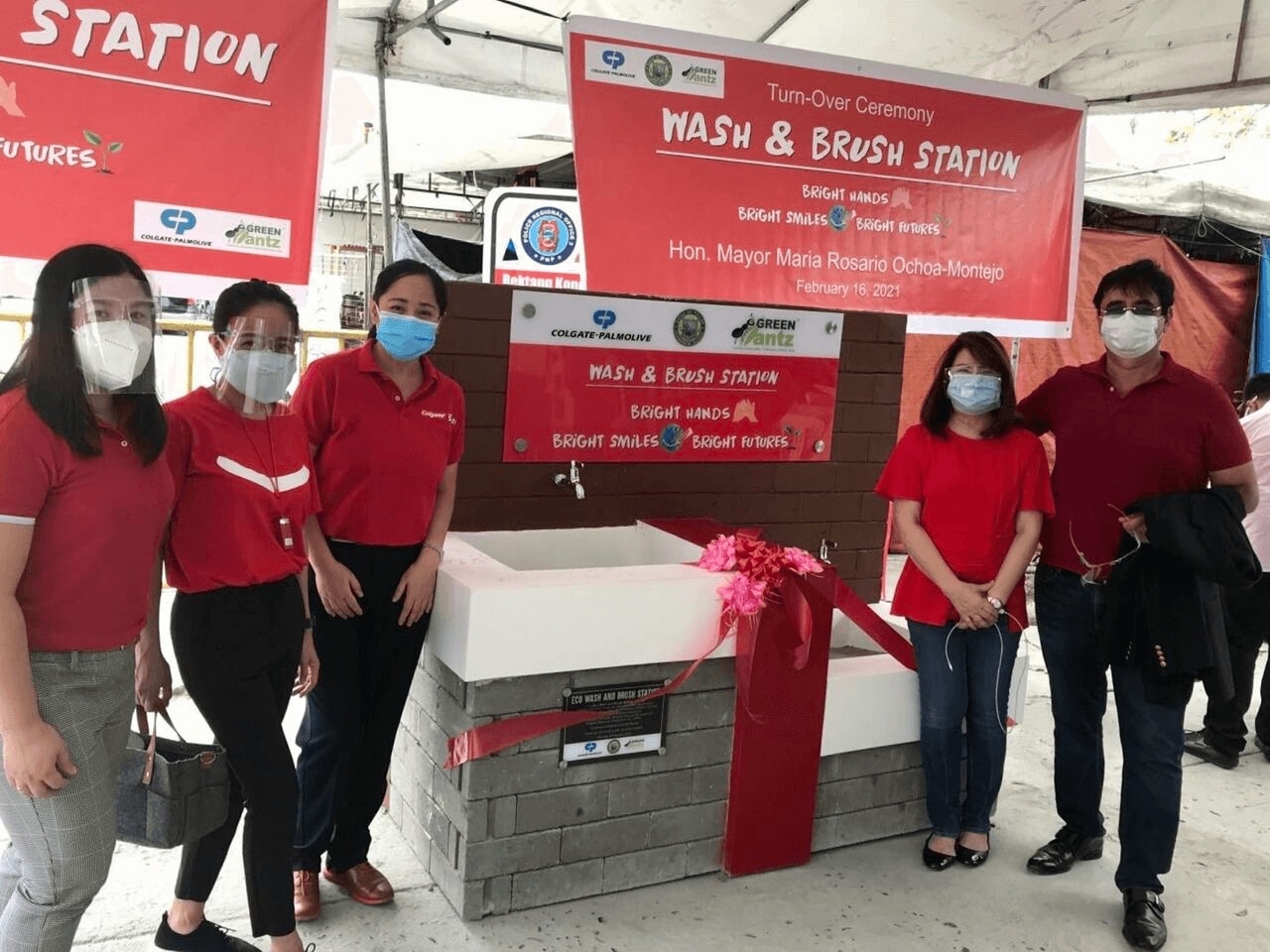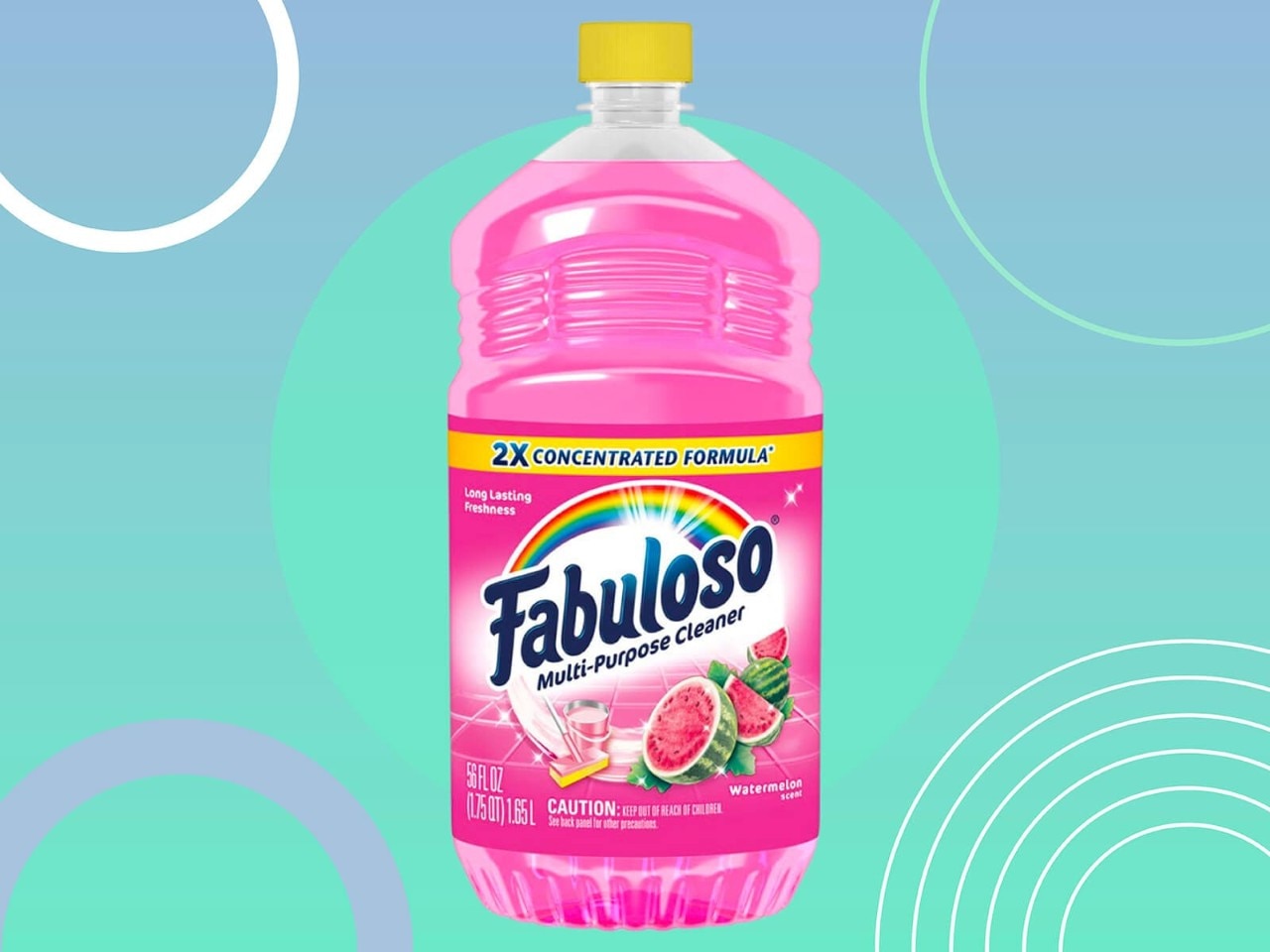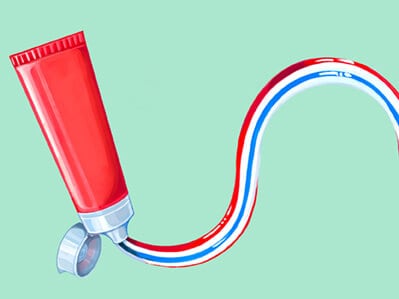Plastic is amazing. Lightweight, strong, versatile and inexpensive. Capable of safely containing and preserving all kinds of products as they journey from the factory to your home. Remarkable really.
Didn’t expect that from someone dedicated to sustainability? Well, this is a frank conversation about real choices for real change.
Plastic’s utility is the very reason for the ubiquity of plastic waste. Most everyone uses it because plastic is often the “best” choice. We’ve become addicted to its benefits.
But now we’re experiencing the reckoning of unintended consequences. Too much plastic, being used too few times, ending up in landfills.
At Colgate-Palmolive, we’re committed to help change that. Our ambition? Reduce plastic waste.
In our 2025 Sustainability & Social Impact Strategy, we’ve pledged to design and deliver circular and alternative solutions for all Colgate products, aimed at zero plastic waste to the environment.
We’re taking a comprehensive approach to reach this ambitious goal. By 2025, we will strive to:
- Reduce unnecessary packaging
- Make all our packaging recyclable, reusable or compostable
- Reduce use of new (virgin) plastic by one-third (against a 2019 baseline)
- Use at least 25% post-consumer recycled plastic in packaging
There’s no silver-bullet solution to plastics pollution. We must tackle plastic waste across the entire value chain.
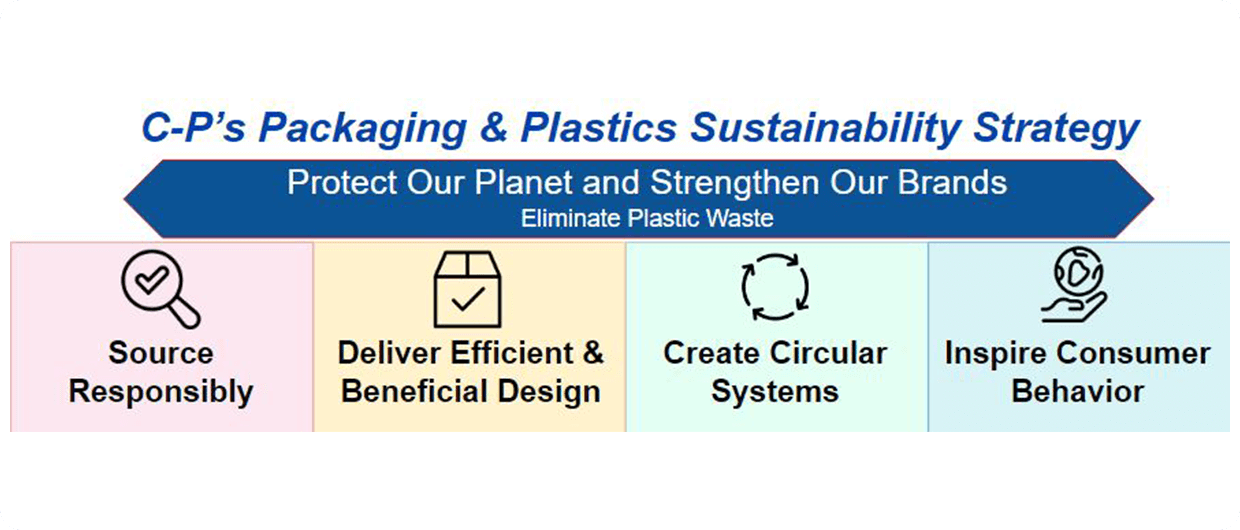
And as we seek alternatives, we must weigh their total environmental impact and ask tough questions.
In recent years, we looked at using glass bottles instead of plastic ones for a liquid product. But, due to their weight and the energy required to produce and ship them, the greenhouse gas emissions from the glass bottles were over 3.5x higher than using 100% recycled plastic. What’s the right balance?
We don’t have a simple answer. What we do have are definitive actions that make better use of plastic, extend its lifespan and replace it where appropriate, all to further our ambition to reduce plastic waste.
Here’s a look at several approaches, with examples from the 400+ plastics-related projects Colgate has underway.
In our 2025 Sustainability & Social Impact Strategy, we’ve pledged to design and deliver circular and alternative solutions for all Colgate products, aimed at zero plastic waste to the environment.
*46oz and under. Based on estimated 2021 U.S. and Canada volumes
**per refill using an existing bottle vs. buying a new 20oz bottle
We’re working with The Recycling Partnership’s Pathway to Circularity and the Stina Tube Recyclability Project to further acceptance of these tubes by more municipalities and recyclers.
Colgate is also deeply involved with plastics-reform networks like the Consumer Goods Forum Plastics Waste Coalition of Action, Re:Source Plastic and U.S. Plastics Pact which bring together private companies, NGOs, governments and recyclers to expedite recycling best practices. And with Closed Loop Partners, we’re investing to scale sustainable products, services and infrastructure.
Use More Post-Consumer Recycled Plastic Instead of New Plastic
This system pairs a durable and ergonomic aluminum handle which lasts a lifetime with a replaceable version of our performing brush heads. And it comes in an all-paper package that is recyclable and also made with 60% recycled fiber.

